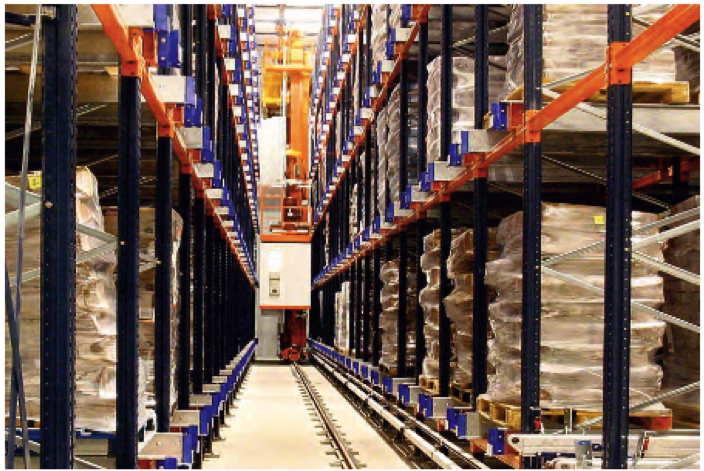
Over the past few years, logistics companies in India are considering Warehousing Automation the most effective way of increasing the Return Of Investment (ROI). Automation is not just about integrating autonomous vehicles and robots into the business. Instead, it covers several aspects of automation, including automatic data entry, storage and delivery of goods, retrieval, and many more.
Let’s learn about the layers linked to this aspect with the help of this blog. This way, you will also be able to consider the Key Criteria to Choose Top Warehousing Companies in India.
What Is Warehouse Automation?
Warehouse Automation is the process of automating the movement of inventory into, within, and out of on-demand warehousing to customers, having minimum human assistance. A business that is a part of the automation process can eliminate labor-intensive duties that involve repetitive physical work and manual data entry and analysis.
Using warehouse automation can help you improve the efficiency, speed, reliability, and accuracy of the tasks conducted in the warehousing in India.
Reasons To Automate The Warehouse
On-demand warehousing is not only used for back-end operations like storing goods, materials, and assets but is also considered the core component of the logistics companies in India, i.e., the supply chain. Delay in its operations can create a crucial impact on invoicing, cash flow, or customer satisfaction.
That is why it has been developed into a complicated process over the past few decades. Using warehouse automation can improve work efficiency, performance, and productivity, catalyze instant turnaround in the supply chain process cycle, etc.
The area of operations that can be improved by automating your warehouse are:
- Reduction in the operating expenses and unnecessary costs incurred due to errors.
- Prevents the company’s assets, brand, and reputation.
- Increases efficiency and productivity of human resources.
- Handles stock-keeping units.
- Minimizes manual processes.
- Coordinates the usage of material handling equipment like barcode scanners and mobile computers.
- Maximizes warehouse space utilization, layout, and flow.
Types Of Warehouse Automation Technology
The types of warehouse automation technology are as follows:
- Good-To-Person (GTP): It is one of the most popular fulfillment methods used for increasing efficiency and reducing congestion. It includes conveyors, carousels, and vertical lift systems. If we apply it properly to the warehousing in India, it can increase the speed of warehouse picking.
- Automatic Guided Vehicles (AGV): It is involved in the class of mechanized automation that contains minimum automation computer power. It includes magnetic strips, wires, or sensors to navigate the fixed path within the warehouse. It is also restricted to large or simple warehouse environments designed with this navigation layout.
- Voice Picking and Tasking- It is a voice-directed warehouse procedure that is also known as pick-by-voice and is used for speech recognition software and mobile headsets. It creates optimized pick paths to help warehouse workers in picking or putting away a product.
- Automated Storage and Retrieval Systems (AS/RS): They are the form of GTP fulfillment technology that involves automated systems and equipment such as material carrying vehicles, tote shuttles, or mini loaders.
- Autonomous Mobile Robots (AMR): They are more flexible than AGVs and uses GPS system to create effective routes via specific warehouse. They utilize advanced laser guidance systems to detect any hindrance. This way, they can safely navigate dynamic environments with several human traffics.
- Pick-To-Light or Put-To-Light Systems: It uses mobile barcode scanning devices synced to digital light displays to help warehouse pickers to know the location for placing or picking selected items. This way, walking, searching time, and human error in high-volume tend to reduce significantly.
Therefore, when you invest in warehouse automation, you can effortlessly meet customer expectations growing regularly.